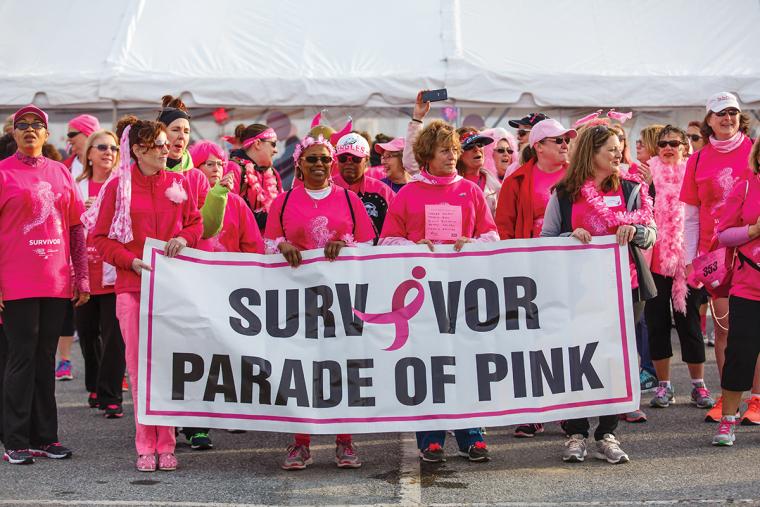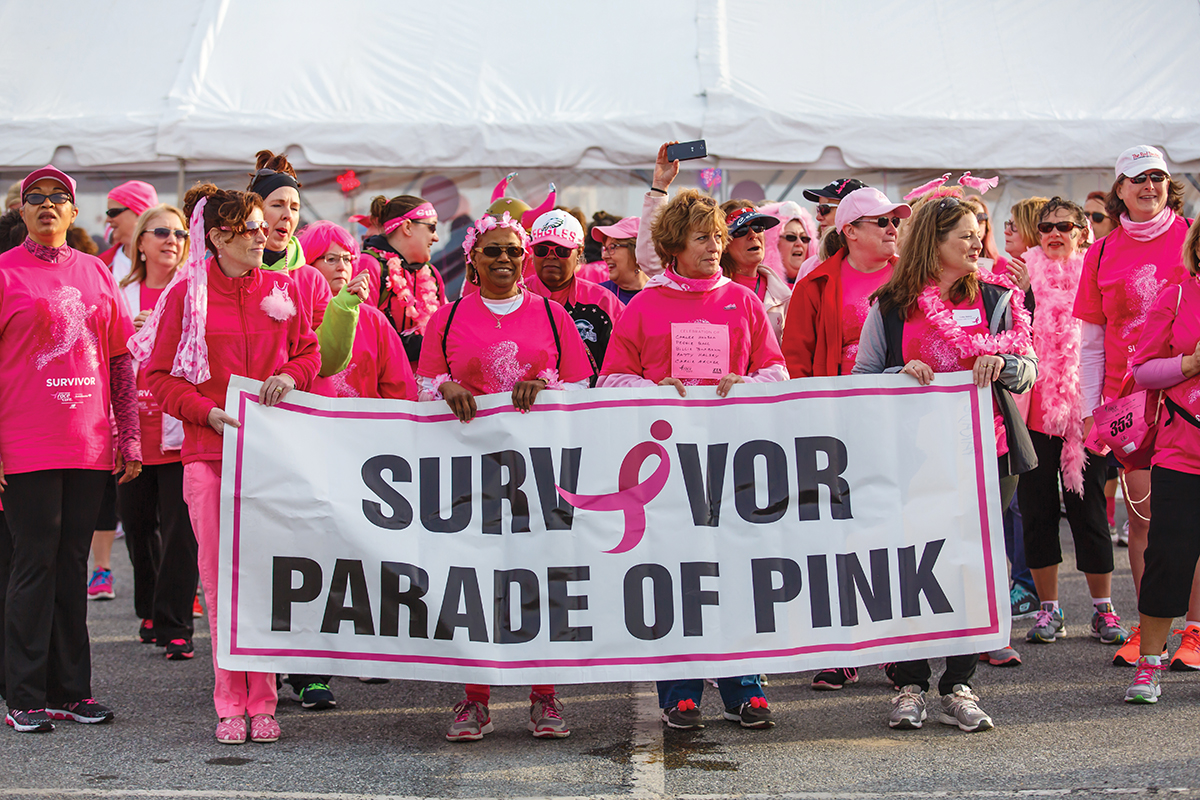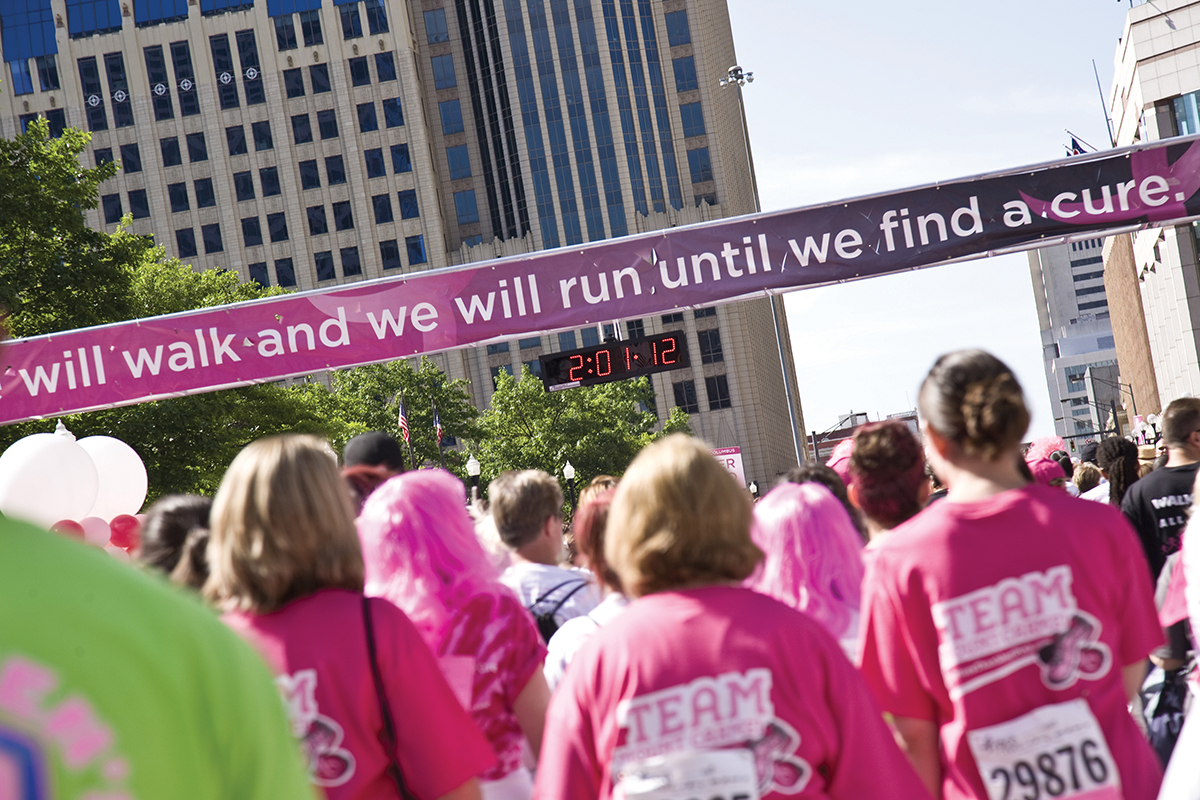

The good news is that when it is done right, branding and/or merchandising does not have to be done big. A properly told brand story, hitting all of the emotional points, told in the right places, can be more effective than any neon sign or logo encased hot air balloon.
In our 30 years of branding, our company has dealt with a number of enormous venues. In sports, we have done brand work for the Milwaukee Brewers’ Miller Park, the Washington Wizards and Capitals home in the Verizon Center (originally the MCI Center), and the Arizona Diamondbacks’ Chase Field (originally Bank One Ballpark), as well as with industry conventions and trade shows.
In all of these oversize projects, we have learned some important lessons, but one of the most essential is this: it’s better to think smarter rather than bigger. We try to think about what assets we have, and how can we best leverage them in order to communicate the brand.
Branding is Storytelling
When facing a large event, the first instinct is to fill it with your color. This isn’t a bad idea, after all. Consider the scenario: what would a Susan G. Komen event be without pink? The problem with this thinking, however, is that branding is way more than a signature color. Branding is storytelling. By storytelling, we mean taking an idea — some sort of emotional connective tissue — and pushing your brand through it. One example of a client we helped with this concept is the Milwaukee Brewers.
When Miller Park was built in the late 1990s, it was one of the largest construction projects in the history of the state of Wisconsin. As such, they wanted it to feel indigenous — a building that could only exist in the state of Wisconsin. We wrote a short three-paragraph story (when we say that branding is storytelling, we are being quite literal) that moved from baseball to the people of Wisconsin. It was a story of inspiring moments on the field and inspiring moments in everyday life. We created murals that wove together the baseball greats of the Brewers and the vibrant industries of Wisconsin. Our hope was that as a young fan walked through the concourse, he or she would look at a mural featuring dairy farms and say, “that’s where my mom works” or a brewery and say, “that’s what my dad does.” This story sounds serious and heavy, but we used the critical tool of humor as well.
Taking the story from the huge venue and historic baseball franchise and focusing it down onto the fan, the story becomes more intimate. A good brand story creates a emotional connective tissue between the customer and the brand itself. This intimacy makes the fan really feel like he or she is a part of the experience and a part of the team. This sense of belonging is what keeps the fans coming back. It doesn’t matter whether the brand is being housed in an enormous stadium or it is a product that you can hold in your hand. The sense of intimacy is about telling an intimate story, not about physical proximity.

When telling a brand story, it is important to look for opportunities, both on the large and small scale. In fact, the small, intimate opportunities are the most important ones. One of the most impactful examples of making a big event small and intimate is the Olympics. When you go to an Olympic village, there are grand displays of branded messaging. There might be enormous Samsung video walls, a Panasonic technology hub, and you will probably see a thousand red Coke umbrellas. These umbrellas will make you very aware that Coke is there, but they don’t make you feel any more connected to Coke.
The place to find intimate connections is wherever pins are being traded. The people there are passionate, and it is easy to get caught up in it. The pins themselves are small and tangible. Once you touch one and hold it, you feel ownership — you feel like a small part of something large. It is something that you take home, and it brings back fond memories when you see it.
The small things, the intimate experiences are the ones that create a connection between a guest and an event. We often say that you get more credit for writing a cute message on the side of a straw than you do for a neon sign. Think about where you can create something small — it doesn’t have to be something tangible; it can be an experience, an unexpected sign, something that brings a small smile and leaves a large impression on your guest.
Discover and Delight
One of the great parts of hearing a compelling story is that it unfolds as you go. No great story is over after the first chapter. One company that does a great job of telling a story throughout its store is Five Below. The storytelling at Five Below starts with the very first steps into the store where you are greeted with the message that “Admission is Free, Everything Else $1 to $5.” In other words, Five Below is promising more than just an opportunity to buy cheap stuff; they are promising an experience. The experience that Five Below is promising is the hunt — the hunt for great, cheap, cool stuff. The way they use the brand to aid in telling that story about the hunt is with language hidden throughout the store.
Five Below continues its campaign by using puns and clever twists on colloquial language — “Give Cheap a Chance” and “It’s All About the Benjamins.” This language can be found on the floor, on the packaging, on the shelving liners. This is what we mean by discover and delight — you can discover these little bits of the brand story as you move through the store. Not every message needs to be read the first time someone visits a store, and not every message needs to be read during your sports event. By giving little messages that might not be found initially — but will be discovered later — a richness and depth is added to a brand experience.
In planning your event, think about how you can make it small — or more accurately, intimate, so that the brand story is told throughout the attendee’s experience, not all at once at the starting line. New discoveries will lead to delight, which will create a happy and loyal athlete or spectator.
The three aspects of branding discussed above — that branding is storytelling, that small gestures can have a big impact, and that your story should unfold as it is told — all help create that strong emotional bond that all brands need to create with their consumers.
Planning an event of any size can be a challenge since you do not have a lot of the advantages of a retail store or restaurant. For example, your venue may be vast, stretching over many, many miles or over multiple acres. Your venue is probably temporary, with limited time to set up. Regardless of these challenges, the basic principles are the same. Formulate your story, find a way to make it intimate, and pick the right opportunities to let the story unfold. SDM

